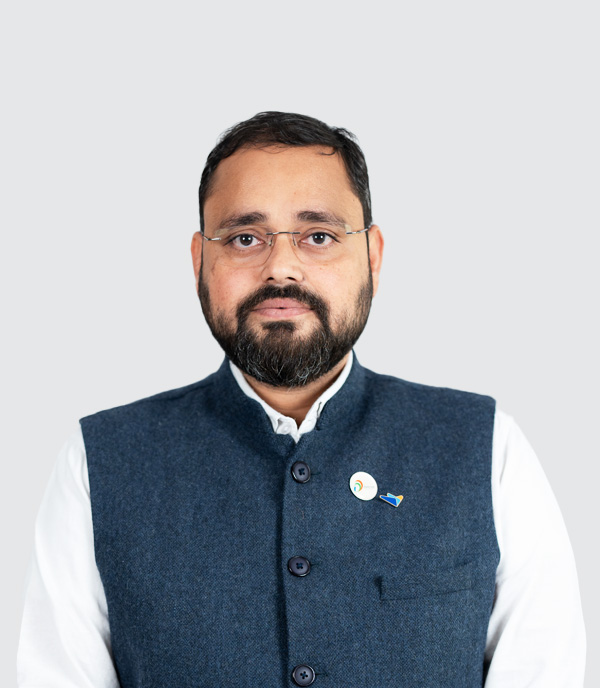Budget 2020: How FM Nirmala Sitharaman’s dictum ‘Nari tu Narayani’ can actually work
by Akhand Tiwari and Manoshij Banerjee
Jan 31, 2020
3 min
This note examines the impact of initiatives targeted towards women empowerment, in light of the budgetary allocations of the Government of India. It also highlights the challenges for women to access these benefits and the factors that must be considered to make a program successful and more gender-centric.
- With India’s 2020 budget coming up around the corner, there is a reasonable possibility of more schemes targeting women being placed on the table.
- The flow of credit into the SHGs to meet the provision of Rs 5000 worth of overdraft facility for every SHG member, has not taken wing yet.
The Government of India in its 2019 Budget put sizeable allocations (close to Rs 1.4 trillion) to programmes designed for empowering women. In fact, the Finance Minister Nirmala Sitharaman’s dictum ‘Nari tu Narayani’, was virally lauded.
Notable among these initiatives were the Nirbhaya Fund, Pradhan Mantri Matru Vandana Yojana, Integrated Child Development Services Scheme (ICDS), and immediate Rs 5,000 overdraft facility for all SHG members.
The government’s schemes seeking to benefit women on a large scale have been met with mixed results in the past. An example of success is that of the Pradhan Mantri Ujjawala Yojana (PMUY), which has impacted the lives of 80 million women. Our studies have found that PMUY has been able to change the quality of their lives by providing them with clean fuel. However, the flow of credit into the SHGs to meet the provision of Rs 5000 ($70.3) worth of overdraft facility for every SHG member, has not taken wing yet.
At the outset, it is critical to realise that the end-beneficiaries of these programmes are women — who unlike men face constraints in mobility thereby limiting their exposure to the digital evolution and/or simple market dynamics. In addition to this, community-based gender stereotypes affect women’s independent decision making. Furthermore, many programme designs do not foresee unintended consequences. Imagine a woman having to travel for 15 km on the rear end of her husband’s bicycle to withdraw a direct benefit transfer (DBT i.e. the mechanism of transferring subsidy into a beneficiary’s bank account). This token of financial independence comes at the price of added workload and increased dependence — greatly defeating the point of her being advantaged by the scheme.
Programmes check-list
The success/failure of implementing a programme for women can be related to its structural design with respect to the intended beneficiary. Often the programmes look at ‘women’ as a homogenous user group, but our research shows that it actually is segmented into sub-groups with distinct social and economic characteristics. MSC’s concept of Financial Services Space gives an overall picture of such segmentation with regards to a financial inclusion programme. The FSS lens shows that women can be classified into six discrete user groups namely excluded, dormant, proxy, irregular basic, regular basic, and advanced, depending on their extent of financial inclusion.
Also, a programme cannot serve women unless it considered the context of prospective participants. These include factors such as a) her preparedness, and capacity to adopt the programme b) her prior experience/exposure to similar products/scheme that the programme offers c) her economic life, and d) social norms which influence her behaviour. This also explains the complex outcomes which pilot studies on subsidised-ration (available at PDS shops) replacement with DBT have shown. For example, in Puducherry, only 68 per cent of women (who were supposed to receive the DBT) had their bank account seeded to Aadhaar.
With India’s 2020 budget coming up around the corner, there is a reasonable possibility of more schemes targeting women being placed on the table. For a policy or programme to work for women, it must run past a quick check-list: 1) Are the programme designers gender sensitised? 2) Has enough information to gauge women’s socio-cultural context been collected? 3) Has the capacity/exposure of the end-user been taken into account? and 4) Has the scope for the fallout, and subsequent rectifying action, been accounted for? This will definitely make programmes gender centric and successful in serving women.
The blog was also published on CNBC TV 18 on 27th of January, 2020
Written by

 by
by  Jan 31, 2020
Jan 31, 2020 3 min
3 min 
Leave comments